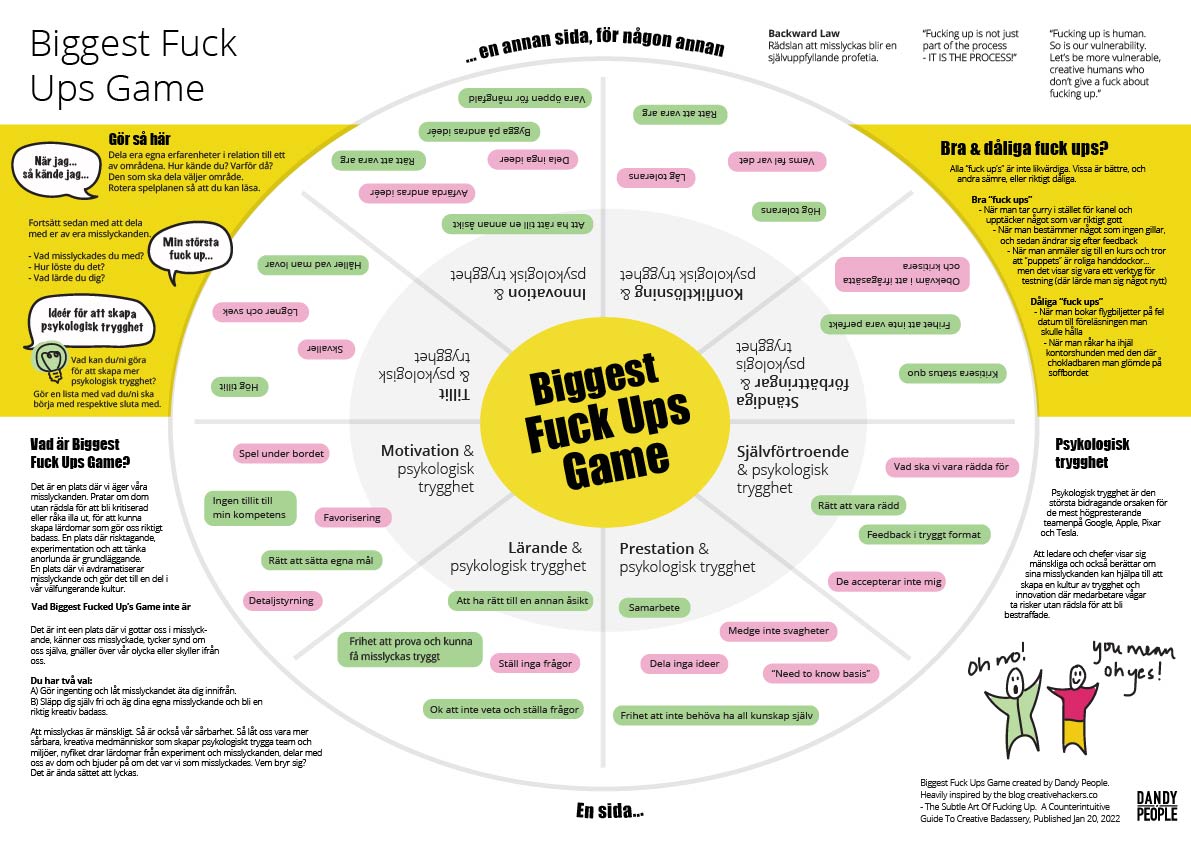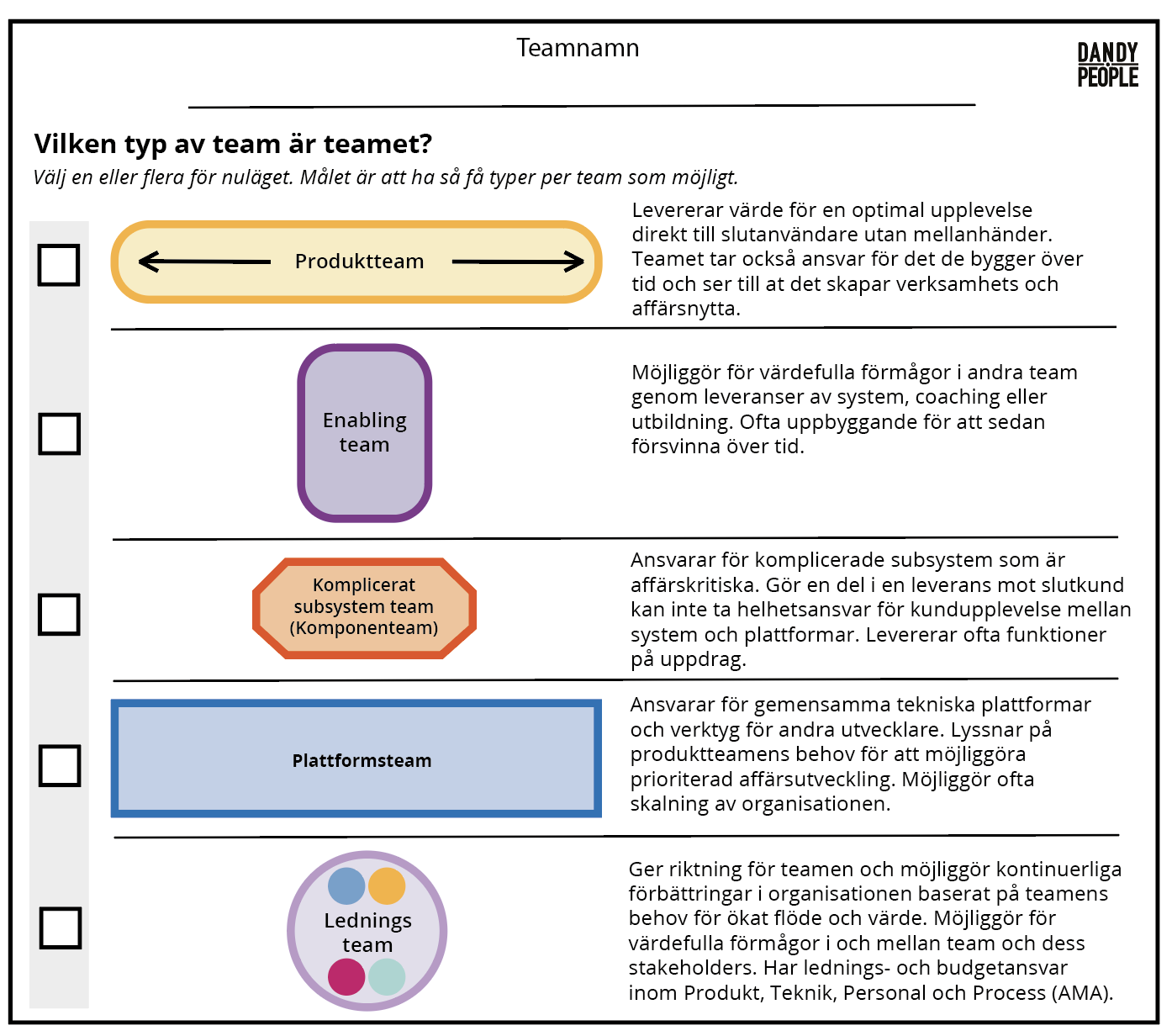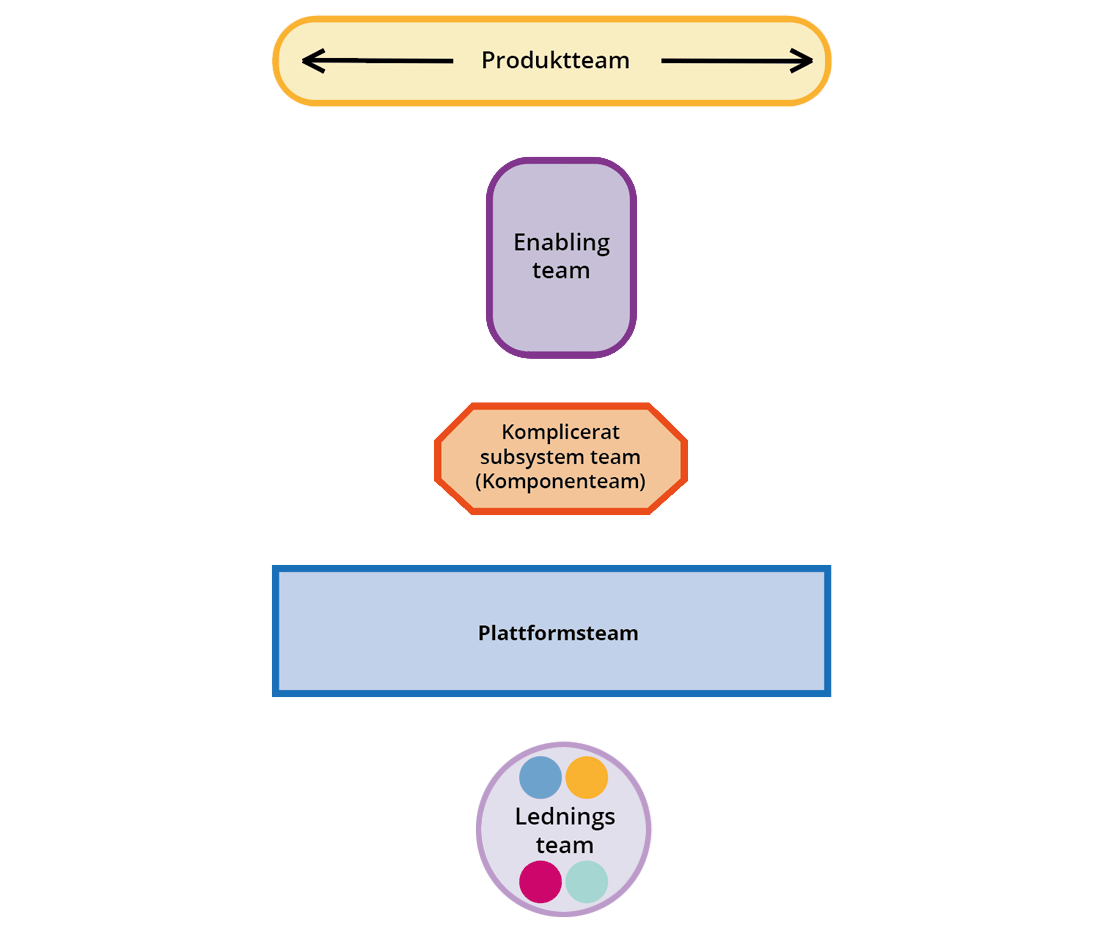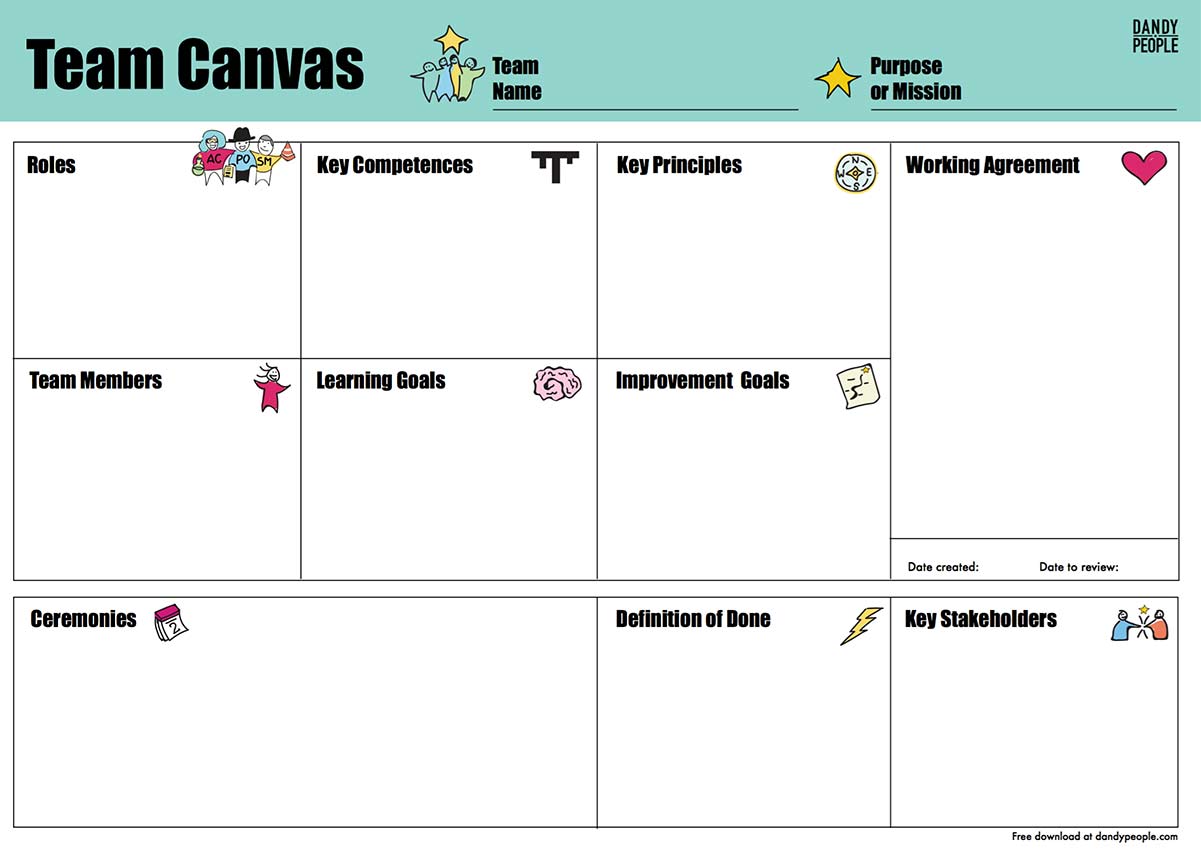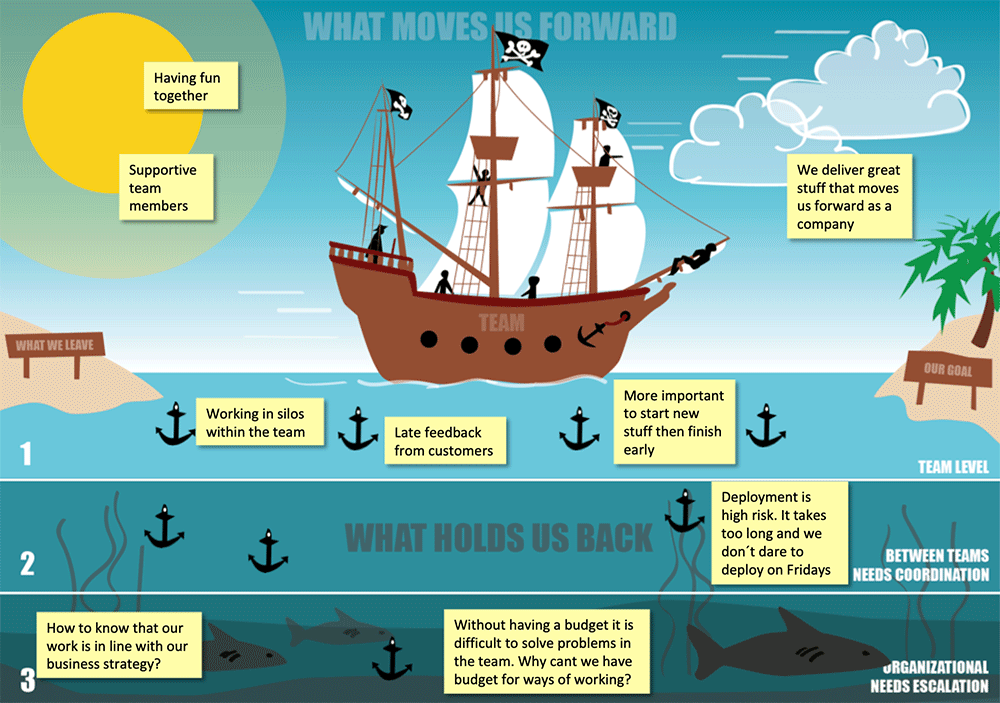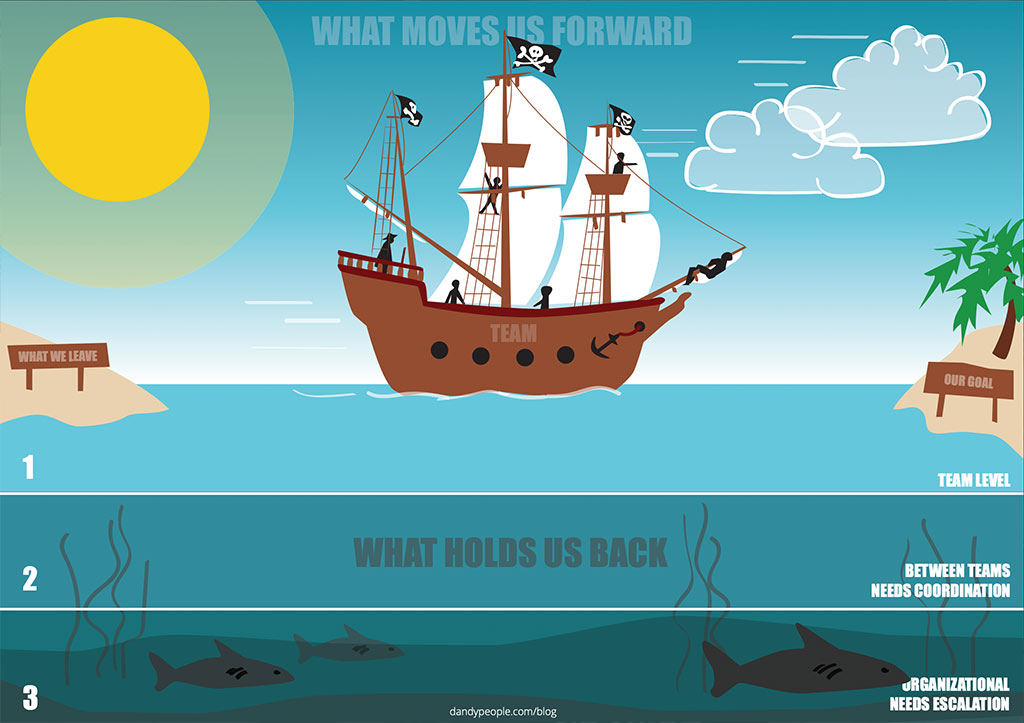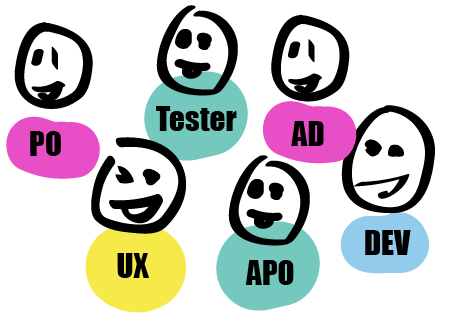Det här är en rolig och lätt workshop att hålla i härligt pirat-tema. Och vem älskar inte pirater? Yo ho ho!
Den här workshopen har jag faciliterat ett flertal gånger och alltid med positiv framåtanda, samsyn kring vad uppdraget är och lite rolig teambuilding där alla delar med sig lite om vilka de är. Du kan hålla workshopen i rummet på en whiteboard, eller använda den här digitala varianten i Mural.
Workshopen lämpar sig för Chefer, Produktägare, Scrum Masters eller tex produktteam.
Jag har skrivit instruktionerna här utifrån att du kanske inte tidigare har faciliterat så mycket, eller kanske inte har använd Mural. Min förhoppning är att fler ska våga sig på att prova och hålla riktigt bra, roliga och engagerande workshops även digitalt. Så hoppas att du vill testa 🙂
Workshopen är uppdelad i en första del där deltagarna delas upp i mindre breakout rooms (grupper), och en gemensam del där man delar med sig av resultatet och hittar vägen fram tillsammans.
Här nedan går jag igenom de olika stegen som finns i Muralen. Väl inne i Muralen finns innehållet och stegen vilket gör att det är lätt för dig att facilitera den utifrån mallen.
Här hittar du mallen i Mural >
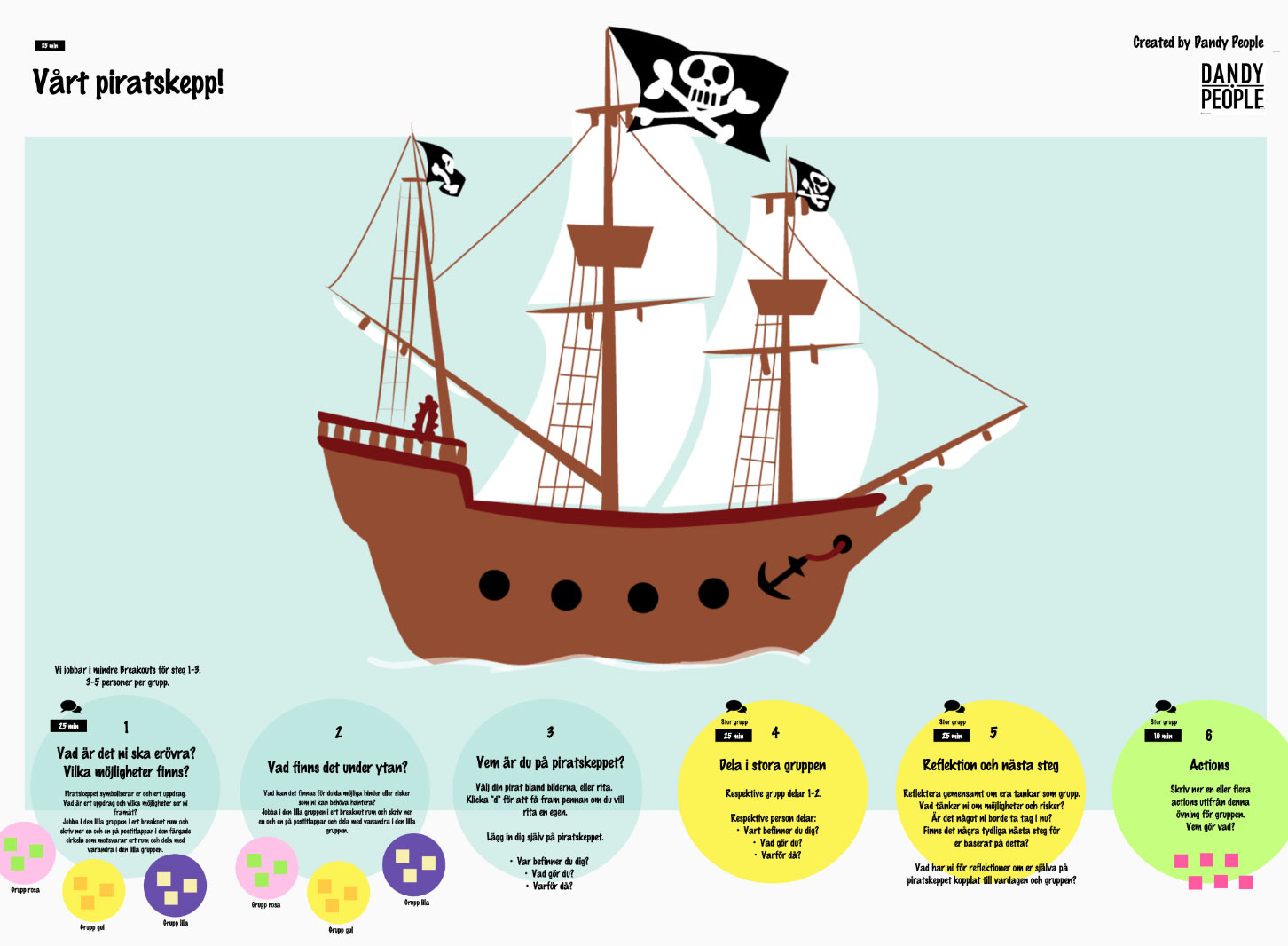
Facilitator Super Powers i Mural
Som facilitator i Mural har du “facilitation super powers”. Dessa ska du använda för att skapa en bra facilitering för gruppen och se till att allas röst får höras och att de kommer fram till ett resultat tillsammans – och håller tiden. Här går jag igenom några av dom som du hittar i toppen av fänstret i din webbläsare när du är inne i Mural och du har fått rollen som facilitator.
Från vänster till höger så har du som facilitator:
- Dot voting. Om gruppen ska rösta om ngt så slår du på den och bestämmer hur många röster alla har individuellt. När alla är klara visar du automagiskt resultatet.
- Private mode. Det här är en smart funktion om folk jobbar individuellt. Då ser man inte varandras lappar vilket gör att alla har lättare att bidra och fokuserad och gruppen kommer fram till bättre resultat. Om du vill använda den i den här workshopen så kanske en i varje grupp ska lägga in lapparna och dela sin skärm med de andra i ert videomöte.
- Custom toolbar. Här väljer du vilka verktyg deltagarna ska se till vänster i Mural vilket kan förenkla för dom att hitta och välja rätt funktioner under workshopen.
- Laser pointer. Som det låter. En laserpekare som du kan använda för att guida deltagarna i var de ska titta.
- Timer. Och sist i raden hittar du timern som du använder för att tids-boxa olika aktiviteter och hjälpa deltagarna att hålla tiden. Timern plingar när tiden går ut så att alla som är med inne i Mural hör det, och den syns också för alla. Detta är en jättebra funktion för att se till att alla grupper och individer inte fastnar i långa ofruktsamma diskussioner, och att de levererar värde som grupp.

